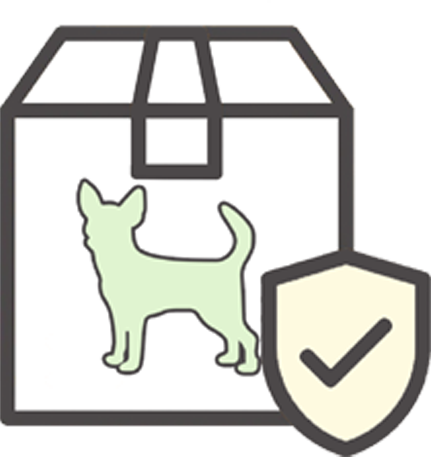Spay/Neuter Aftercare for Dogs
Updated On: Tuesday, November 12, 2024 11:34:09 AM America/Los_Angeles
Spay/neuter surgeries are standard practice for dogs in this day and age. However, not all dogs get spayed or neutered before adoption. Some dog pawrents find themselves with new fur babies who haven’t yet had their surgery and will have to take their dogs to get spayed or neutered on their own.
Photo by Priscilla Du Preez
If you’re one of these dog owners, you might be wondering how to take care of your pup after the procedure. Vets will provide spay/neuter aftercare instructions, but even the most seasoned dog pawrent could use a few reminders. Here are some important aftercare tips that will get your pooch back on their paws ASAP!
What to Expect After Spay/Neuter Surgeries
Spaying and neutering is a surgical procedure and so dogs will show some altered behaviors from having been under anesthesia. Glassy eyes, anxious behavior, and drowsiness are all common symptoms. Because your doggo may be feeling nauseous as well, offer smaller meals until their appetite returns to normal. Make sure to have a quiet, calm space ready so that your pup can enjoy peaceful R&R–especially for the first 24 hours after the surgery. Wondering what else you can do to make recovery a smoother process? Check out our post here for more post-surgery tips!
Ways to Minimize Infection
- Limit exercise: Avoid strenuous exercise that could cause the incision to reopen. This can include running, jumping, and excessive playing. Instead, offer interactive toys that can provide mental stimulation without requiring too much physical activity.
- Prevent licking: It’s normal for dogs to groom themselves after using the bathroom, but grooming can pose a hazard when it comes to incisions. The cone of shame is no fun for anybody, but using an E-collar is essential if a dog insists on licking their wounds. If your pup seems to be doing a pretty good job of not licking their incision, try using an E-collar after meals and a potty break–the time when dogs are most likely to groom.
- Provide pee pads: Keeping incisions clean is crucial for recovery. Limiting outdoor time by using an indoor dog bathroom can minimize potential infections. Use a real grass pee pad like DoggieLawn to give your furry one a taste of the great outdoors while they’re recovering inside.
- Keep incision dry: Avoid getting the incision dry for at least two weeks. This means taking no baths and no walking in the rain. Instead, use non-scented pet-safe wipes to clean dirty areas such as paw pads.


